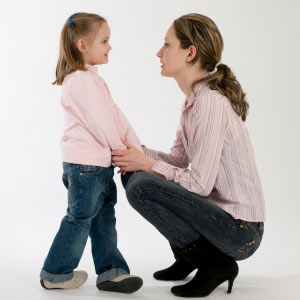So, you have finally succumbed to family pressure and decided to get a pet in 2017. This is a big decision. Sure, the kids are promising faithfully to do all the cleaning up and the feeding. The spouse is starry eyed thinking of the cuddles and warmth associated with welcoming a bird, animal or fish into your family unit, It is up to you, the sensible one, to keep everything sane. Firstly, you should know that you are not alone. Over 60% of Irish households list a pet, a dog, cat or other animal part of their family. Pet ownership is on the increase and as you join the statistics, there are some important things which others have learned to consider.
Firstly, you should decide what kind of pet is going to add to the disruption of your life. Size matters and is in direct proportion to the upset and upheaval caused. A goldfish called Benny, will take little space, make no noise, be cheaply fed and might just tick the children’s box of ‘someone else to love’. However, as the song about doggies in windows famously says ‘You cannot take a gold fish for walks’. It is likely that your offspring will want a dog or cat as a pet. Almost half of all Irish pet owners list a dog as their pet of choice. So, if you have no luck enticing the children to welcome a Parakeet (noisy, kinda messy but not too life changing) or a Hamster, mouse or Guinea Pig (messy, smelly but small enough to be hidden away) then you are going down the quadruped route. Here are some pointers for choosing a dog or cat to share your life.
Cats: We don’t chose them. They choose us and then disdainfully spend the rest of their lives in annoyance that we are absolutely untrainable. From a cat’s perspective, you are here to serve them and let’s face it, you will never meet their high expectations. Cat owners experience a high level of haughty looks, interspersed with some random contact, rubbing against legs and purring, in order to maintain the Stockholm syndrome which is the default position of most cat owners. On the plus side, cats ate attractive, generally clean and independent. This might be the pet for you as it meets all the criteria of family pet without too much interaction.
Dogs: If unconditional love and devotion are missing in your life, then you need a dog. Incredibly loyal, fun and useful as both guard dogs and exercise machines (they promote a lot of walking, running and fetching). A dog is the most popular pet for human families. On the down side, they are smelly, particularly when wet. They chew things and demand a lot of attention. Unlike cats, they don’t like being left alone and in general, we can presume that the family dog considered itself to be another child, sibling or family member. Dogs are a great comfort and many would say that a good humoured dog is much more preferable company than their human counterpart.
In all this decision making, there are some rudimentary considerations. These are based on common sense and should be considered carefully before the children have a chance to set their sights on the batting eyelashes and pleading look of a Great Dane or a rescue Donkey. Space! How much space can you give to the new pet? Dogs, cats and horses need space both inside and out (well, mostly out for the horses)! Will the animal require outside winter housing. If you live in an apartment or flat, the size of the animal will obviously be a factor. Cost! All pets cost money. Food, Kennels, cattery or dog minder (when away). Vaccinations, medications, toys etc all cost money, Calculate a budget before your final decision and remember that vet bills can be a factor from time to time. Certain animals require a specific diet, which can also increase your budget (parrots, for example, eat pellets, vegetables and nuts). Some pets may also need trainers, an added cost that can quickly add up. Who is in charge! Establish who is in charge of the pet. Some animal need a lot of caring. Dogs need to be walked, mice need cage cleaning and fish need to be fed. If your children are young, factor in their growing up and leaving you with the pet as the new life of college, dating, mating and producing families of their own will see you looking after a family pet in your own old age.
On the upside, studies have shown that children who grow up with pets have better self-esteem, show more empathy and a more caring attitude. Responsibility is fostered in those caring for animals. Families with pets interact with each other more as the pet provides a focus for fun activities and general shared mayhem. Choose your new family member wisely and enjoy the benefits to come.
 Shopping Cart
Shopping Cart








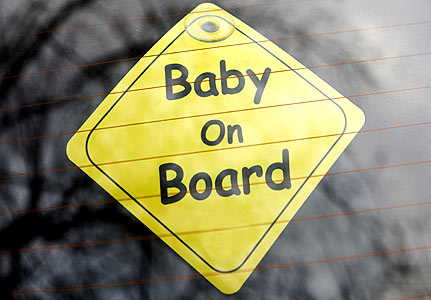
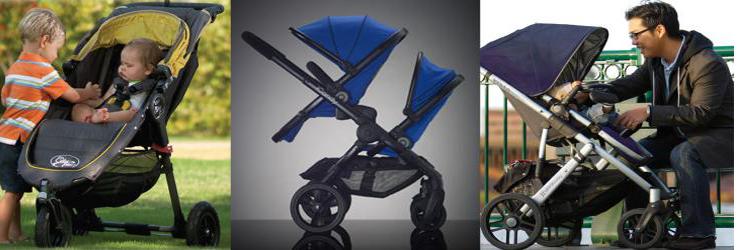

 have never been hit by projectile vomiting and stray poo from hap hazard nappy changing. Stylised parenting by hipsters and cool dudes whose kids have gender neutral names like Charlie, Jordan and Trixie – Boo. Don’t look at these unless you want to feel more inadequate than you usually do. Never look at them late at night with a glass of wine in hand. Your computer might not be able to take the abuse.
have never been hit by projectile vomiting and stray poo from hap hazard nappy changing. Stylised parenting by hipsters and cool dudes whose kids have gender neutral names like Charlie, Jordan and Trixie – Boo. Don’t look at these unless you want to feel more inadequate than you usually do. Never look at them late at night with a glass of wine in hand. Your computer might not be able to take the abuse. You have to admire their ability to see humour in what can sometimes seem to be a relentless, tedious and thankless job. Funny mummy blogs (reading or writing) are probably the best solution to frustration when you cannot afford counselling. Laughter is the best medicine (or so that overused cliché says) so get yourself a dose of the best
You have to admire their ability to see humour in what can sometimes seem to be a relentless, tedious and thankless job. Funny mummy blogs (reading or writing) are probably the best solution to frustration when you cannot afford counselling. Laughter is the best medicine (or so that overused cliché says) so get yourself a dose of the best  g like itsjudyslife has 1,388,444 subscribers and according to the website social blade (socialblade.com) nets the said Judy somewhere between 3 and 47 thousand euro a month depending on the hits. Remember if you log on to look at this vlog, you are putting more money in her pocket and only encouraging her. Down with this sort of thing!
g like itsjudyslife has 1,388,444 subscribers and according to the website social blade (socialblade.com) nets the said Judy somewhere between 3 and 47 thousand euro a month depending on the hits. Remember if you log on to look at this vlog, you are putting more money in her pocket and only encouraging her. Down with this sort of thing! (if it really bothers you). Households with pets have a huge advantage here as family dogs are quick to learn that a high chair is a source of much discarded food. A living vacuum cleaner cannot be underestimated in the war against baby slops. Choose the foods which you wish to introduce to baby carefully. Shop wisely and research online to see which foods have
(if it really bothers you). Households with pets have a huge advantage here as family dogs are quick to learn that a high chair is a source of much discarded food. A living vacuum cleaner cannot be underestimated in the war against baby slops. Choose the foods which you wish to introduce to baby carefully. Shop wisely and research online to see which foods have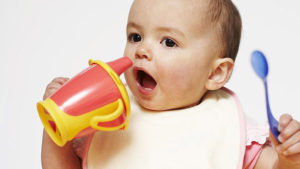 tasty starter foods are peas, rice, avocados, bananas, scrambled egg yolk and sweet potato. It’s a good idea to sit and eat together. Of course, baby will want to eat whatever you have on your plate, so it’s a good idea to have something suitable, i.e. not too spicy, to share. Get used to that! For so it will be for the coming twenty, thirty years. Nothing will ever be exclusively yours again. It’s your Pasta today and your Toyota tomorrow. Sharing is caring!
tasty starter foods are peas, rice, avocados, bananas, scrambled egg yolk and sweet potato. It’s a good idea to sit and eat together. Of course, baby will want to eat whatever you have on your plate, so it’s a good idea to have something suitable, i.e. not too spicy, to share. Get used to that! For so it will be for the coming twenty, thirty years. Nothing will ever be exclusively yours again. It’s your Pasta today and your Toyota tomorrow. Sharing is caring! eating enough. You are likely still breast or bottle feeding also, so there is no need to panic. If in doubt contact your health advisor.
eating enough. You are likely still breast or bottle feeding also, so there is no need to panic. If in doubt contact your health advisor.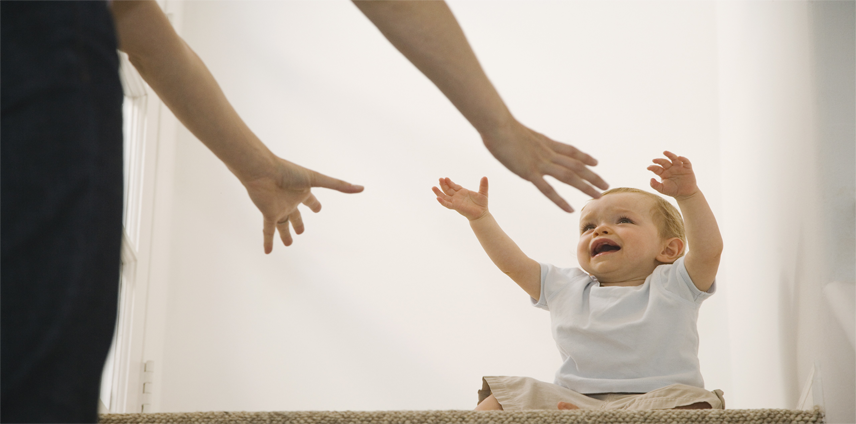

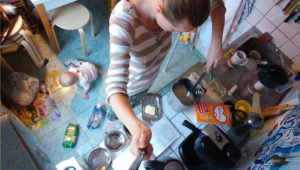 be unwittingly imparting to your child as you constantly photograph and upload their image for public viewing, counting the ‘likes’ and replying to comments. She notes that ” Four-year-olds have become so self-aware that they make duck faces along with their older cousins to ‘stay with the trend’ and conform to what is prevalent in society.” We could be giving a completely confused message to our offspring which may result in them becoming addicted to this behaviour she notes “ This kind of vanity and narcissism borders on something called the Narcissistic Personality Disorder. It is a mental disorder in which people have “an inflated sense of their own importance, a deep need for admiration and a lack of empathy for others”.
be unwittingly imparting to your child as you constantly photograph and upload their image for public viewing, counting the ‘likes’ and replying to comments. She notes that ” Four-year-olds have become so self-aware that they make duck faces along with their older cousins to ‘stay with the trend’ and conform to what is prevalent in society.” We could be giving a completely confused message to our offspring which may result in them becoming addicted to this behaviour she notes “ This kind of vanity and narcissism borders on something called the Narcissistic Personality Disorder. It is a mental disorder in which people have “an inflated sense of their own importance, a deep need for admiration and a lack of empathy for others”. 
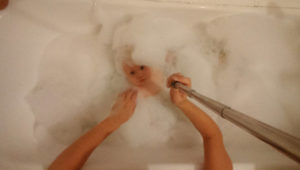 Many of those ‘fail’ and ‘try not to laugh’ uploads to YouTube which feature toddlers and babies falling over in 4 ft. of snow or being licked by a giant Rottweiler are a dubious form of
Many of those ‘fail’ and ‘try not to laugh’ uploads to YouTube which feature toddlers and babies falling over in 4 ft. of snow or being licked by a giant Rottweiler are a dubious form of
 accept it stoically and silently. Man Up! In this particular scenario, you just don’t have the legitimacy to complain.
accept it stoically and silently. Man Up! In this particular scenario, you just don’t have the legitimacy to complain. list, you could also add the telephone numbers of friends with children, your local breastfeeding counsellor, and the breastfeeding helpline. If all these fail, phone that one friend who makes you laugh.
list, you could also add the telephone numbers of friends with children, your local breastfeeding counsellor, and the breastfeeding helpline. If all these fail, phone that one friend who makes you laugh.

